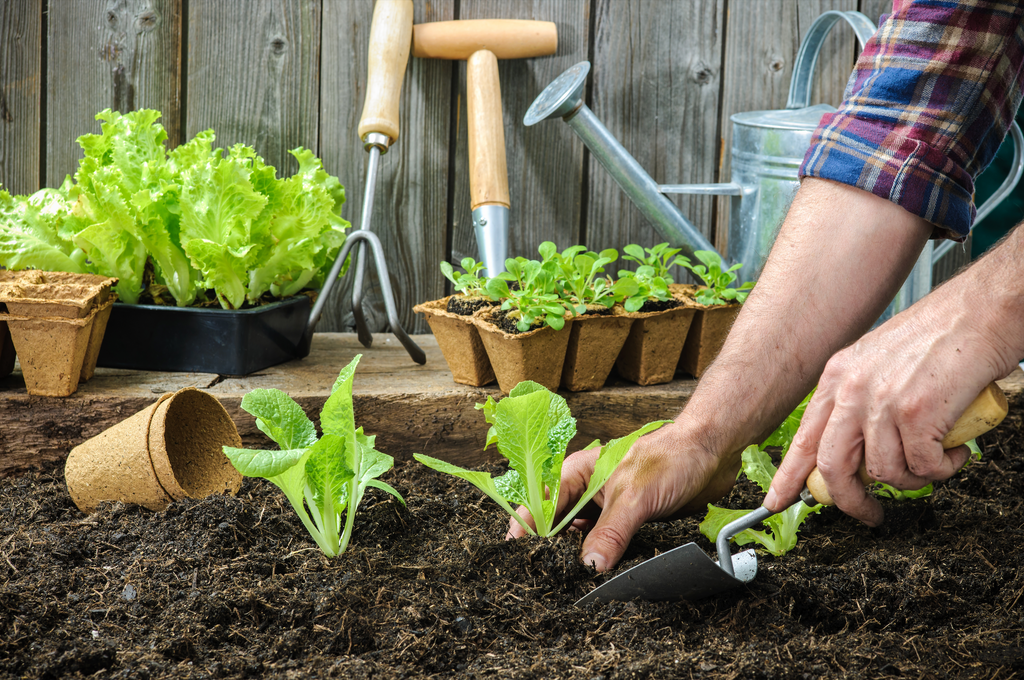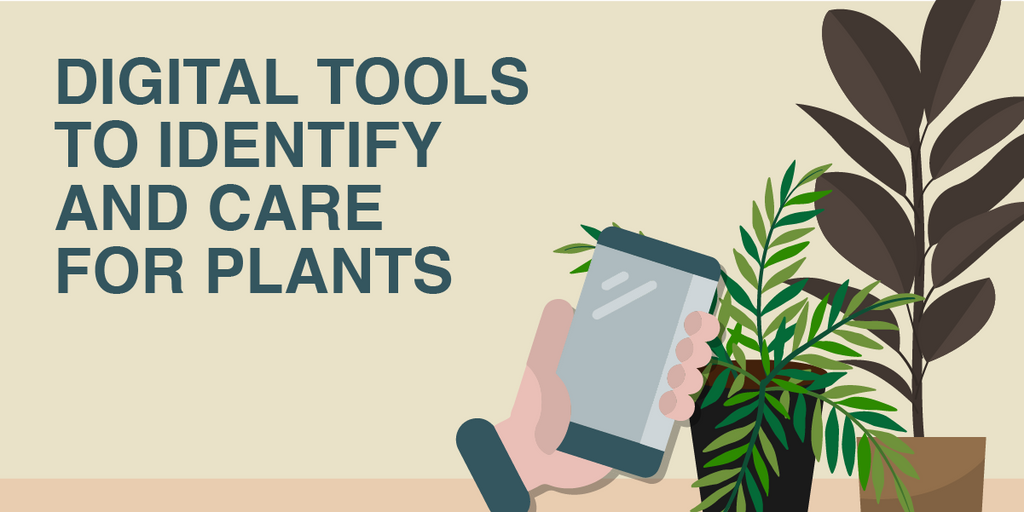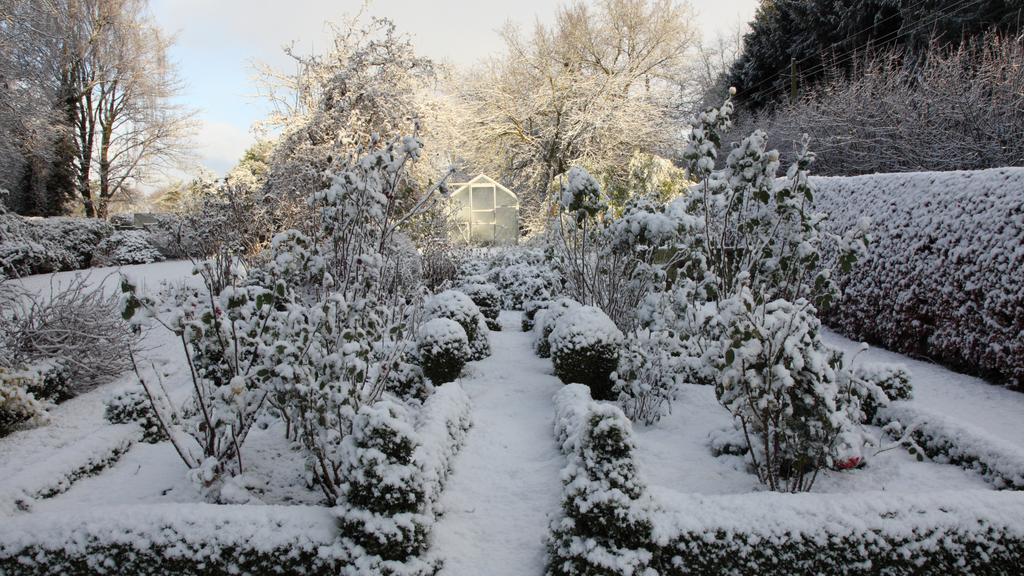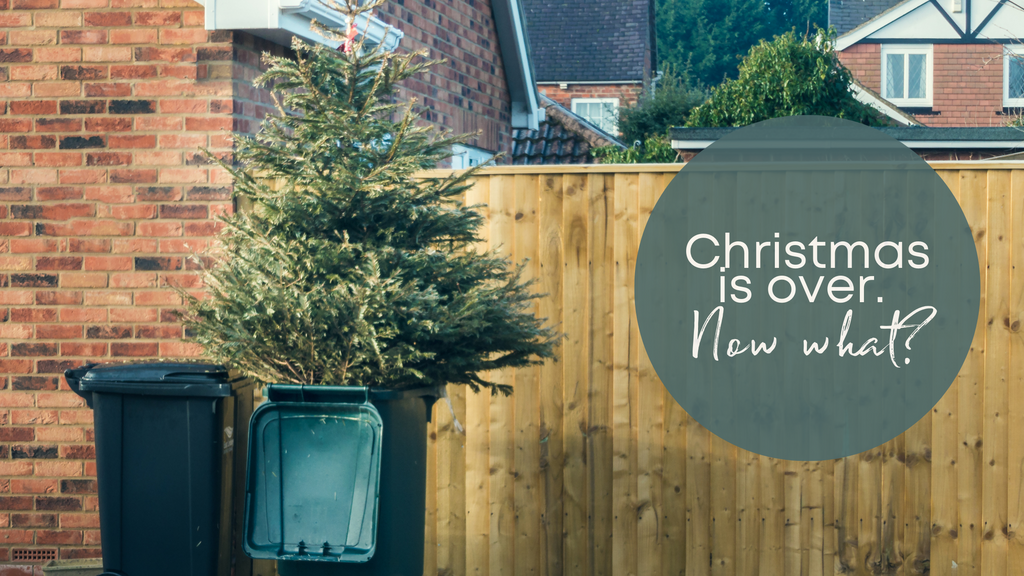
Growing Your Own: A Step-By-Step Guide To Creating An Organic Garden

What is an Organic Garden?

When it comes to growing your own food, an organic garden is the way to go. Not only will you be able to reap the benefits of fresh, nutrient-rich produce, but you'll also be doing your part to protect the environment.
Organic gardening is all about working with nature, not against it. This means using organic fertilisers and pest controls, as well as being mindful of your impact on the local ecosystem. It's a more sustainable way of gardening that leaves a smaller carbon footprint.
If you're new to organic gardening, it can seem daunting at first. But with a little planning and some trial and error, you'll soon get the hang of it. To help you get started, we've put together a step-by-step guide to creating your own organic garden.
Benefits of an Organic Garden
Organic gardens are filled with benefits that make them well worth the effort of starting and maintaining one. For instance, an organic garden:
- Is better for the environment because it doesn’t use harmful chemicals
- Provides you with fresh, healthy produce
- Is a great way to get exercise and enjoy some time outdoors
- Can be a source of relaxation and stress relief
- Is a fun project for the whole family to enjoy together
Each of these benefits is explained in more detail below:
An organic garden is better for the environment because it doesn’t use harmful chemicals. These chemicals can end up in our waterways, where they can damage plant and animal life. They can also find their way into our food supply, where they can pose a risk to our health. By choosing to grow your own food organically, you’re doing your part to protect the environment.
Provides you with fresh, healthy produce. The fruits and vegetables grown in an organic garden are free of harmful chemicals and pesticides. This means they’re healthier for you and your family to eat. Fresh produce from an organic garden also has a better flavour than store-bought items that have been shipped long distances and have been sitting on shelves for days or weeks.
It’s a great way to get exercise and enjoy some time outdoors. Gardening is a physical activity that gets you outside in the fresh air.
Preparing Your Garden

Preparing your garden for organic growing is relatively simple and only requires a few key steps. The first step is to remove any existing plants, weeds or debris from the area you plan to grow in. You'll also need to till the soil to a depth of at least eight inches, which will help to aerate it and encourage rooting.
Next, you'll need to add organic matter to the soil. This can be in the form of compost, manure or other organic materials. Once you've added organic matter, you should mix it in well and then level off the area.
Now your garden is ready for planting! You can start by planting seeds or young plants in small sections, and then expanding as your plants grow. Remember to water regularly and mulch around your plants to help retain moisture and suppress weeds. With a little preparation and care, you'll soon have a healthy, thriving organic garden.
Choosing Plants and Seeds

When it comes to choosing plants and seeds for your organic garden, there are a few things to keep in mind. First, consider what kinds of plants you want to grow. There are many different types of vegetables, fruits, and herbs that can be grown organically. You'll also want to think about the climate in which you live and whether or not certain plants will be able to thrive in that climate.
Once you've decided what kinds of plants you want to grow, it's time to choose the right seeds. Not all seeds are created equal – some are better-suited for organic gardening than others. When selecting seeds, look for those that are certified organic or non-GMO. This will ensure that the plants you grow are truly organic.
Finally, don't forget to consider the space you have available for your garden. This will help you determine how many plants you can realistically grow. With these factors in mind, you're ready to start selecting the perfect plants and seeds for your organic garden!
Caring for Your Garden

When it comes to organic gardening, there are a few key steps you need to take in order to ensure that your plants are healthy and that they thrive. Here is a step-by-step guide:
- Plan and prepare your garden space. This includes assessing the amount of sun and shade in your garden, as well as soil type and drainage. You will also need to consider what type of plants you want to grow.
- Choose organic seeds or young plants from a reputable supplier. Make sure you check the labels carefully so that you know what you are buying is truly organic.
- Once you have your plants, it's important to care for them properly. This includes watering them regularly (but not too much), feeding them with organic fertiliser, and keeping an eye out for pests and diseases.
Combating Pests and Disease

Pests and disease can be a major problem when growing your own fruit and vegetables, but there are a few things you can do to combat them.
Firstly, it's important to choose varieties that are resistant to pests and disease. There are many varieties of fruits and vegetables available that have been bred to be more resistant to pests and disease, so do some research before you choose what to grow.
Once you've chosen your plants, there are a few organic methods you can use to keep pests and diseases at bay. These include using companion planting (planting certain plants next to each other that will help deter pests), using row covers (a type of fabric that covers the plants and keeps pests out), and using traps (such as yellow sticky traps for aphids).
If you do find pests or disease on your plants, there are a number of organic treatments you can use. For example, if you find aphids on your plants, you can spray them with water or an organic insecticide such as neem oil. If your plants become infested with caterpillars, you can pick them off by hand or use a biological control such as Bacillus thuringiensis (BT) which is safe for humans and animals but deadly for caterpillars.
By following these tips, you should be able to successfully grow your own fruit and vegetables without too much trouble from pests and diseases.
Harvesting Your Produce

An exciting time in the gardening process! Here are some tips to make sure you get the most out of your harvest:
- Timing is everything when it comes to harvesting. Check the maturity dates of your plants and pick produce when it is ripe.
- Pay attention to the weather. If it has been particularly hot or cold, this can affect the ripeness of your fruits and vegetables.
- Be gentle with your produce. Handle fruits and vegetables carefully to avoid bruising them.
- Use sharp knives or shears to harvest produce cleanly. This will help minimize damage to the plant and improve its chances of regrowing next season.
Conclusion
Growing your own organic vegetables can be a great way to ensure you have access to the healthiest food available. With the right tools, reliable advice and a little practice, you will soon be able to grow your own tasty and nutritious veggies in no time at all. If you are not yet convinced or want more in-depth information on how to get started with an organic garden of your own, don’t hesitate to reach out; many professional gardening services are out there that would love to help guide you through the entire process!






